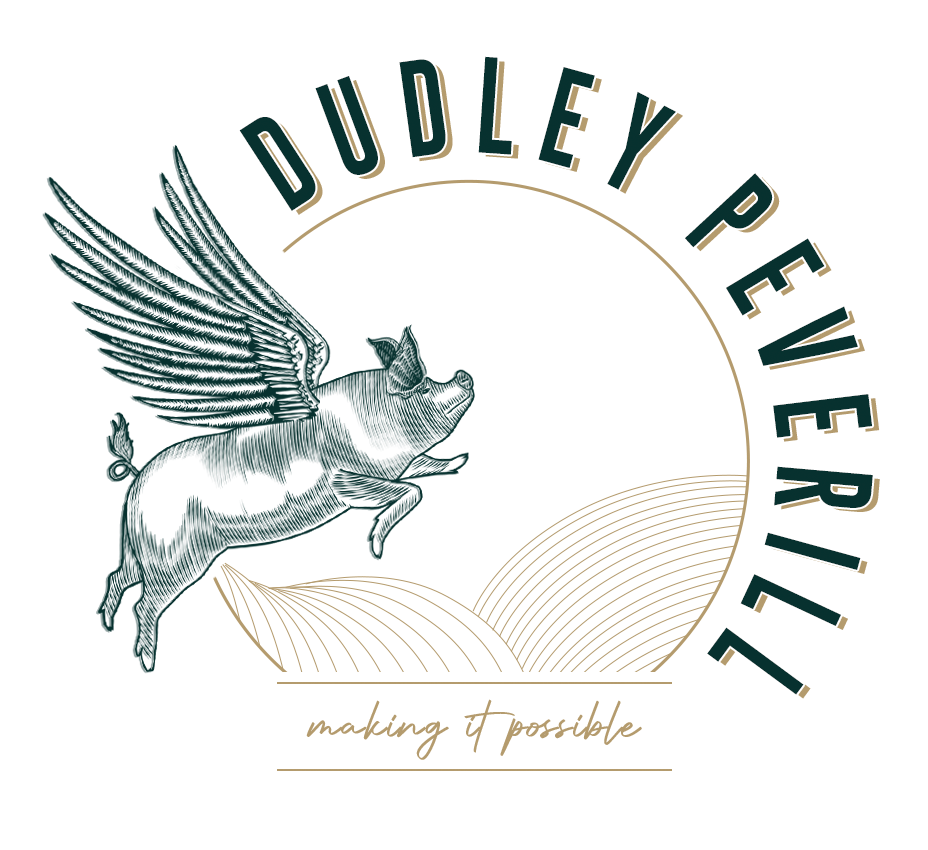Do you have outdated, underutilised and decaying farm buildings? Have you ever thought about the opportunity to convert them into residential dwellings? If so, Class Q permitted development rights may be of interest to you.
Rural house prices remain high and the bullish demand seen recently seems set to remain constant. The rural housing market therefore offers rural landowners and farmers a potential opportunity to create significant value out of their existing buildings.
Read on for an insight into Class Q permitted development rights in England.
Feel free to contact us today for a free, no obligations initial consultation, for advice surrounding your farm diversification aspirations.
What is Class Q permitted development?
Class Q permitted development rights may allow you to avoid the need for full planning permission, through the change of use from agriculture, to residential via the prior approval process through your local planning authority.
Through gaining Class Q consent, an ‘established agricultural unit’ can now supply up to five additional residences. Recently, the maximum conversion floor space has also been increased from 450sqm to 865sqm, depending on how the dwellings are organised.
This large increase of permitted footprint provides landowners with a good opportunity to give new life to redundant agricultural property. The prospect of using Class Q to supply 5 dwellings allows landowners and farmers to think more strategically about how to maximise income, and the capital value of their estate.
What development is permitted under Class Q?
- Up to 3 large dwellings, with a total combined maximum floor space of 465sqm
- Up to 5 smaller dwellings, consisting of no more than a 100sqm of floor space each
- A combination of the two above options (up to 865sqm), but limited to a maximum of 5 dwellings and only 3 of which are permissible as larger dwellings.
What are the conditions of using Class Q
Similarly to other planning and prior approval applications, such as Class R permitted development (agricultural buildings to flexible commercial use), assessments regarding flood risk, ecology, noise, transport and highways impacts will determine whether or not the local authority will permit the conversion project. The design of the conversion will also be taken into account, and must be deemed appropriate both to the structure and its surroundings.
It is important to note that the building itself must be appropriate for a residential use. Class Q does not allow for the rebuilding of a structure to allow it to bear the potentially additional load of its new residential use.
Is there anywhere Class Q cannot be used?
Below we have included an adapted table, displaying where Class Q permitted development rights can, and can not be used. For a better view of this table and other use classes within it, click here.

As can be seen above, unfortunately, listed buildings or property that falls within the curtilage of conservation areas or similar cannot benefit from Class Q.
Why not contact us today to discuss your development projects, or to see how we can help with your farm diversification aspirations.
Unsure of what farm diversification enterprise is for you? Use our free diversification discovery assistant. Simply fill out the short questionnaire and receive a brief, free review of what farm diversifications may suit you and your business.
